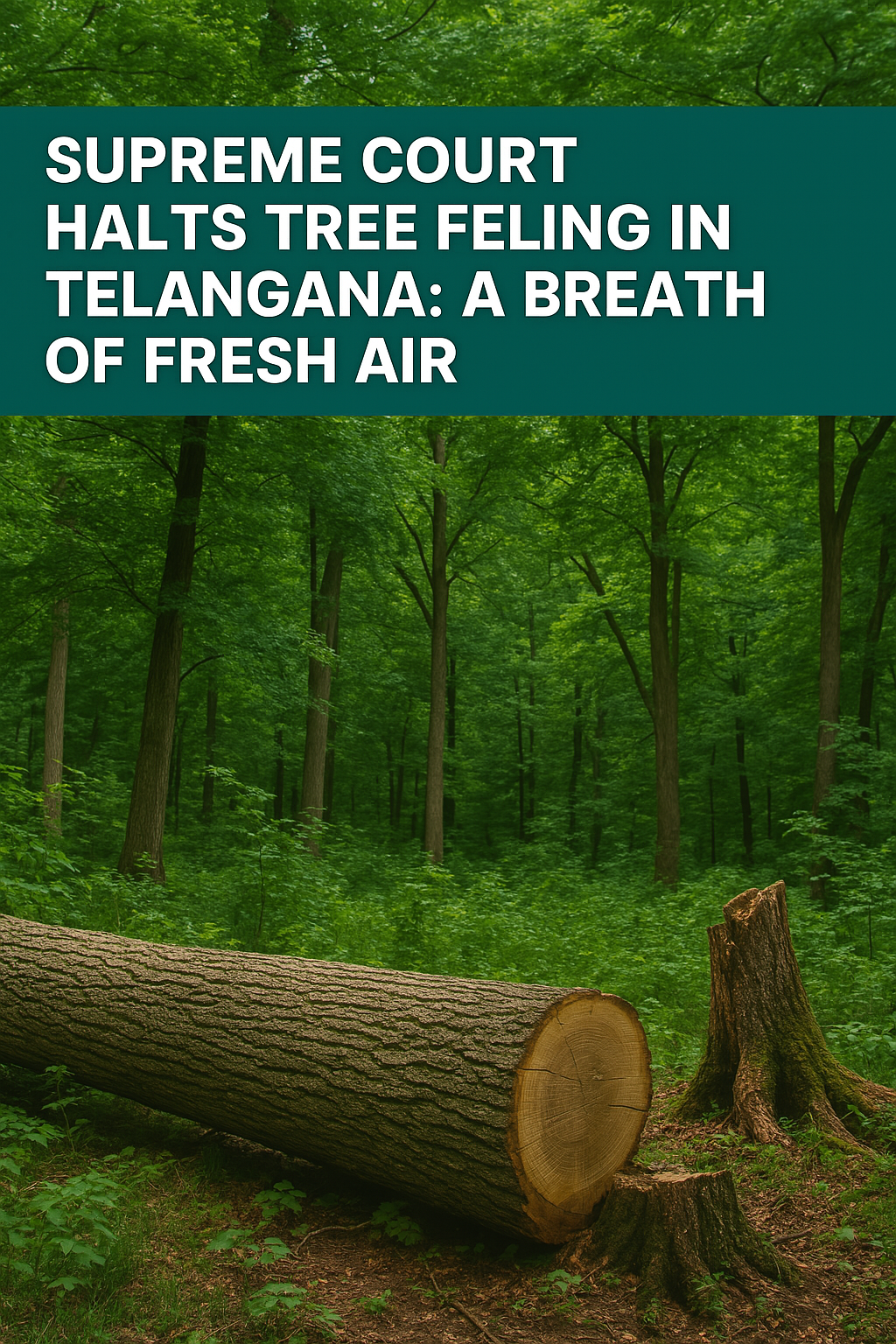Environmental laws at Christmas Island (Australia)
Christmas Island, an Australian territory located in the Indian Ocean, has unique environmental challenges due to its biodiversity, fragile ecosystems, and location. As a protected environment, Christmas Island is subject to specific environmental laws and regulations aimed at preserving its natural heritage, including its rich wildlife, pristine marine environment, and unique habitats.
Here is an overview of the environmental laws and frameworks governing Christmas Island:
1. Environmental Protection and Biodiversity Conservation Act 1999 (EPBC Act)
The Environmental Protection and Biodiversity Conservation Act 1999 (EPBC Act) is the cornerstone of environmental law in Australia, including for Christmas Island. It aims to protect and manage Australia’s environment and biodiversity, particularly in areas of national significance.
The EPBC Act establishes mechanisms for environmental impact assessments, biodiversity conservation, and protected species management. Under this act, Christmas Island is subject to strict protections due to its biodiversity and ecological importance.
The Act is implemented by the Department of Agriculture, Water and the Environment, and it requires that developments and activities that may impact the environment undergo an environmental assessment.
2. Christmas Island National Park (CINP)
A large portion of Christmas Island is designated as the Christmas Island National Park (CINP), which is managed by the Parks Australia Division of the Australian Government. The park includes marine areas, rainforests, and other ecosystems that are home to rare and endangered species.
The National Parks and Wildlife Conservation Act 1975 governs the establishment and management of national parks in Australia, including Christmas Island National Park. The Act provides for the protection of endangered species, the regulation of tourism activities, and the management of national parks' natural resources.
Activities within the park, such as fishing, tourism, and research, are regulated to prevent environmental degradation and ensure that conservation goals are met.
3. Christmas Island (Territory) Act 1958
This is the foundational legislation governing Christmas Island as an Australian territory. It sets out the framework for administration, governance, and local laws on Christmas Island. While not solely focused on environmental law, it has implications for land use, resource management, and territorial governance.
The Christmas Island Act provides the legal authority for environmental laws that protect the natural areas and wildlife of the island.
4. Wildlife Protection Laws
Christmas Island is home to numerous unique species, including the Christmas Island red crab, which migrates annually, and the Christmas Island flying fox, among others. As such, wildlife protection laws are integral to environmental governance on the island.
Under the EPBC Act, species and habitats on Christmas Island that are considered vulnerable or endangered are given specific legal protections. This includes protection from activities that may harm their habitats or reduce their populations.
The Environment Protection and Biodiversity Conservation Regulations 2000 further define the specific measures for the protection of threatened species and habitats on the island.
5. Marine Environment Protection
Christmas Island is surrounded by marine environments that are rich in biodiversity, including coral reefs and deep-sea ecosystems. The Marine and Coastal Management regulations apply to the island’s surrounding waters to protect marine life and ecosystems.
Parks Australia manages the Christmas Island Marine Park, a significant part of the national park system, which extends protections to the island's marine biodiversity. Activities such as commercial fishing, oil exploration, and pollution in the surrounding waters are subject to strict regulations.
The Great Barrier Reef Marine Park Authority (GBRMPA) and Australian Maritime Safety Authority (AMSA) also play roles in ensuring the integrity of marine environments surrounding Christmas Island.
6. Environmental Impact Assessment (EIA) Process
The EPBC Act requires that certain actions or developments that may impact the environment go through a formal Environmental Impact Assessment (EIA) process. This includes any development or activity that might affect the natural environment, such as construction, mining, or industrial activities.
The EIA process ensures that environmental factors, such as the impact on biodiversity, habitat destruction, and pollution, are considered before approval is granted for development projects. It involves a public consultation process to assess the risks and benefits of proposed projects and to ensure that any negative environmental impacts are mitigated.
7. Fisheries Management
Christmas Island is situated near important fisheries, and fishing is a key aspect of the local economy. Fisheries management laws are in place to regulate sustainable fishing practices in the waters around the island.
Parks Australia, in conjunction with Australian Fisheries Management Authority (AFMA), regulates fishing in the region to ensure that fish stocks are not overexploited. Specific areas, such as the Christmas Island Marine Park, have fishing restrictions to protect local biodiversity.
8. Waste Management and Pollution Control
Waste management is a key issue on Christmas Island, particularly due to the island's small size and limited infrastructure. The Environment Protection and Biodiversity Conservation Regulations also apply to the management of waste and pollution, including those generated by industrial and residential activities.
Pollution, particularly marine pollution, is a concern due to the fragile coastal and marine ecosystems. The regulations include measures to prevent the discharge of harmful substances into the environment, including oil spills and plastic pollution, and promote waste minimization and recycling.
9. Climate Change and Resilience Laws
Climate change adaptation is becoming an increasingly important focus for environmental policy on Christmas Island. As an isolated island territory, Christmas Island is vulnerable to the impacts of climate change, particularly rising sea levels, coral bleaching, and more frequent extreme weather events.
The Australian government has implemented a range of climate change-related policies, including strategies aimed at reducing greenhouse gas emissions and building resilience to climate impacts. The island's environmental management strategies include measures to protect sensitive habitats and mitigate the effects of climate change on local species.
10. Public Participation and Consultation
Under the EPBC Act, there are provisions for public participation in environmental decision-making. Local communities and stakeholders can contribute to consultations regarding development projects or conservation initiatives that may affect Christmas Island’s environment.
Community engagement is essential in areas like tourism management, sustainable resource use, and conservation efforts, ensuring that local knowledge and concerns are considered in environmental policies.
11. International Environmental Agreements
Christmas Island, as part of Australia, is subject to international environmental agreements that apply to the entire country. This includes agreements related to biodiversity, marine conservation, and climate change, such as:
The Convention on Biological Diversity (CBD)
The United Nations Framework Convention on Climate Change (UNFCCC)
The Ramsar Convention on Wetlands
The Convention on International Trade in Endangered Species of Wild Fauna and Flora (CITES)
These agreements help guide the protection and management of Christmas Island's unique ecosystems and wildlife.
Conclusion
Christmas Island's environmental laws are designed to protect its unique biodiversity and fragile ecosystems, which include rare species like the Christmas Island red crab and unique marine habitats. The island’s legal framework is governed by Australian national laws, particularly the EPBC Act, which sets out the principles for biodiversity protection, environmental impact assessments, and the sustainable management of natural resources. Key focus areas include biodiversity conservation, sustainable fisheries management, climate change adaptation, pollution control, and public participation in environmental decision-making. Given its isolation and ecological significance, Christmas Island’s environmental laws are crucial in ensuring the long-term health of its ecosystems for future generations.




























0 comments